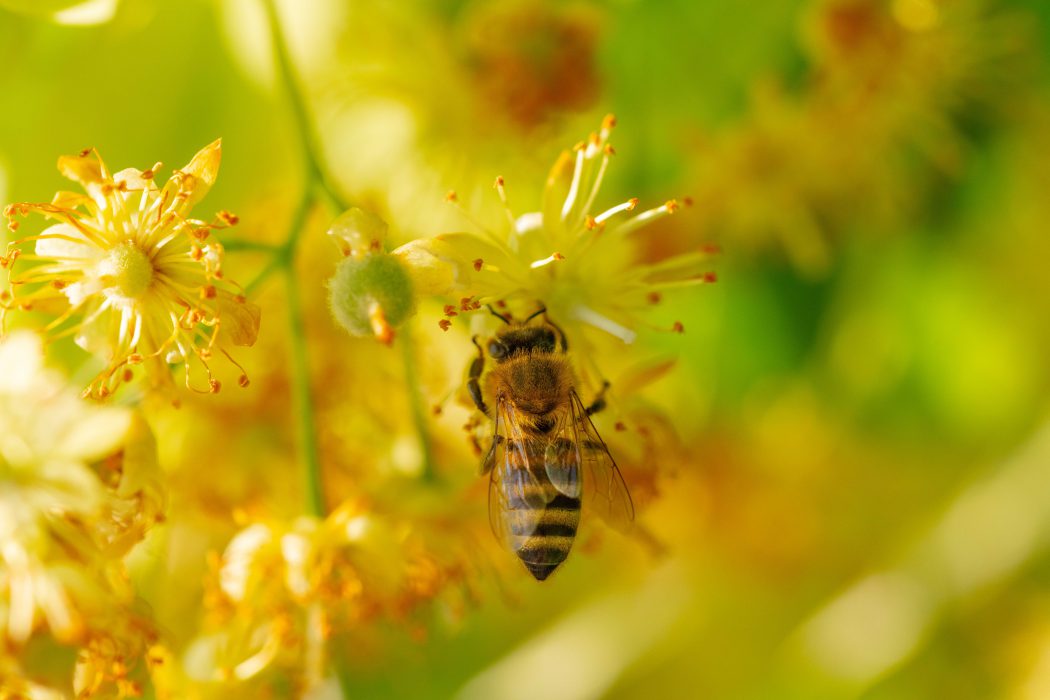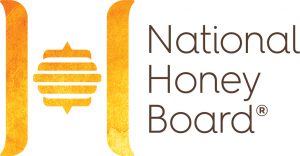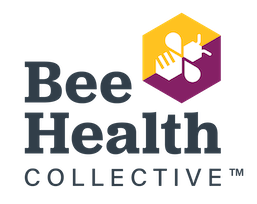One Year Later: How the Bee Health Collective is Expanding Research Availability
As we celebrate National Honey Bee Day on Aug. 21, it’s a perfect time to check-in on an important, new research database that debuted at this time last year.
National Honey Board (NHB) and Project Apis m. joined together in 2020 to create a ‘one stop shop’ for honey bee research. They have loaded more than 680 research projects into a databased housed on the Bee Health Collective (BHC) website, where it’s as simple as typing in a keyword – like ‘pollination’ – to find the latest science related to that topic.
The BHC was designed as a platform to bring researchers and beekeepers together by offering a centralized location and improved access to information. The BHC is a storehouse of credible research about honey bee health, hive management, beekeeping and pollination.
And the Bee Health collective is more than just the Research Database section!
The About Honey Bees section contains up-to-date statistics presented through infographics, images and narrative about topics such as honey bee health, beekeeping, pollination and honey. The Bee Bulletin Board lists employment, funding and scholarship opportunities. Together, these three sections make resources easily accessible for beekeepers and researchers.
What’s more, the Bee Health Collective website has information and statistics on the economics of beekeeping from the USDA-NASS, including a breakdown of production, supplies and equipment costs. The cost of feed is the largest category of expenses for beekeepers in the US according to the USDA NASS Honey Report 2021.
Since its launch in August 2020, over 100 jobs and funding opportunities have been posted on the Bee Bulletin Board. Among the job and funding opportunities listed are beekeeper, educator, farm manager, entomologist, sales manager and apiary inspector from top tier organizations like Oregon State, Purdue, North Carolina State University, USDA, National Science Foundation and National Institute for Food and Agriculture. Any organization can advertise a job or funding opportunity for free, which helps match individuals to opportunities.
What’s ahead for the BHC? According to Danielle Downey, executive director of Project Apis m., “The focus for our second year is to get the word out to the industry and attract even more users to the website. We want to build on the success we’ve had so far partnering with leading organizations to share job opening, funding opportunities and, of course, new studies.”
Plans for the coming year include adding a blog featuring content from well-known people and organizations in the honey industry, such as the Bee Informed Partnership, Project Apis m., NHB and USDA. Outreach to all of the state and national beekeeping organizations is also a part of the plan. The BHC database also recently expanded to include international research with the addition of Canadian Research projects
The BHC would like to thank the USDA, the Almond Board of California and the Bee Informed Partnership for their sponsorship, which will allows the BHC to continue expansion and development throughout the upcoming months.
Visit BeeHealthCollective.org to list a job or check out the latest in bee health research. And please help spread the word about this resource for the beekeeping industry.










